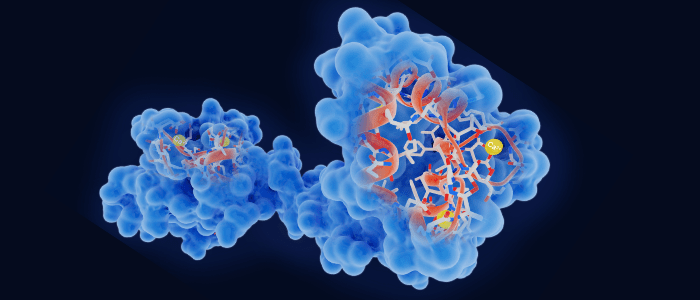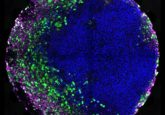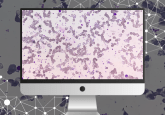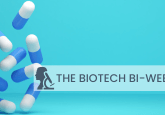Microfluidics, AI and nanotechnology: top tech to tackle binding interactions

Refer a colleague
A new high-throughput surface plasmon resonance (SPR) technology for the analysis of binding interactions has been released with a host of new developments to improve the process.
SPR is a key technique used to identify a variety of factors regarding binding interactions, including kinetics, affinity and specificity. The technique involves securing one of the binding partners (referred to as the ligand) to a thin gold film and passing the second binding partner (the analyte) through the field of ligands on the gold film. As this flow through occurs, the reverse side of the gold film to the ligand is irradiated with a polarised light source. As binding occurs between analyte and ligand, the refractive index of the gold alters and the resulting change in the angle of refraction (the SPR phenomenon) is measured.
This technique bears the advantage that analytes and ligands do not require labeling and therefore any molecular interactions that occur should be very close to the authentic reactions that occur in the molecules’ native states. However, the process is traditionally low throughput, complex to set up and stepwise, leading to a lot of time dedicated to the procedure.
“By combining the advantages of digital microfluidics technology with several other innovations, Alto significantly reduces the hands-on time scientists have to endure to get high quality SPR data.”
A new SPR system, named Alto, could improve upon this technique, however, with the introduction of digital microfluidics technology. This development, from the company Nicoya (ON, Canada), allows the system to direct and influence nanolitre droplets of the analyte using electricity. Using a simple, standard well plate compatible cartridge, bypassing the need for a complex system of pumps, valves and tubes.
This combination allows for reproducible measurements of binding interaction properties using microscale samples – 2μL to be precise – 500x smaller than traditional SPR systems.
The physical system is coupled with AI-powered automation software to allow for end-to-end running of a sample, providing easily interpretable data at a faster rate and with minimal investigator intervention.
“By combining the advantages of digital microfluidics technology with several other innovations, Alto significantly reduces the hands-on time scientists have to endure to get high quality SPR data,” commented Arjun Sudarsan, CTO of Nicoya.
Please enter your username and password below, if you are not yet a member of BioTechniques remember you can register for free.





